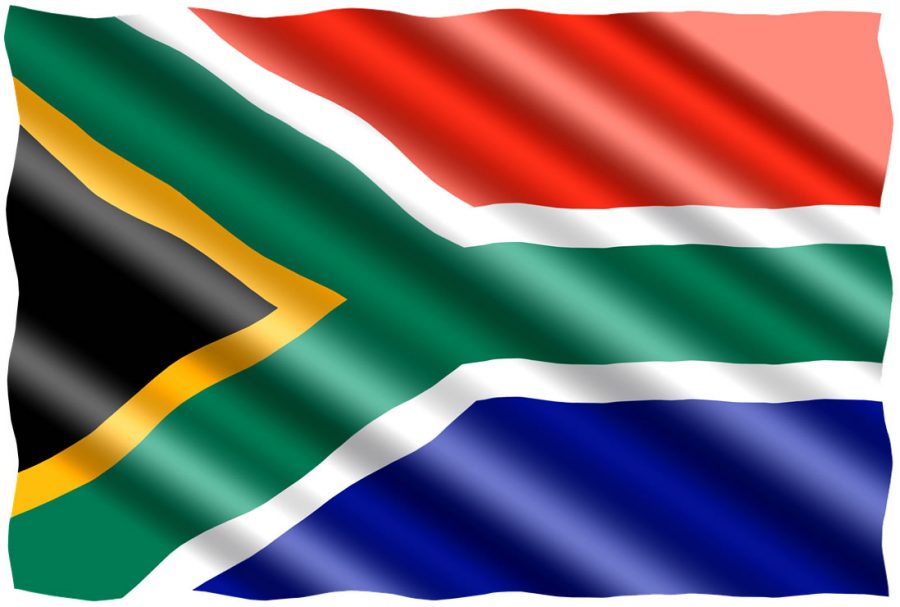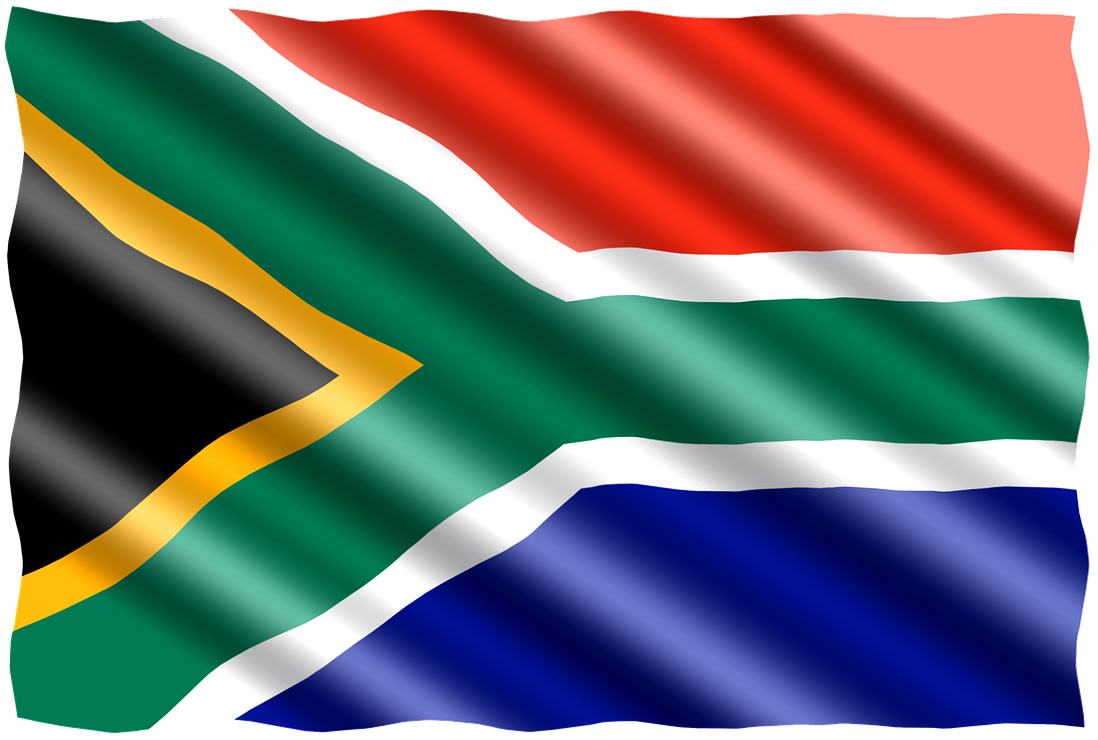
More South Africans Than Ever Before… Latest Stats & Population Figures
South Africa’s mid-year population has increased by close to a million from 2016 to 2017, says Statistician-General Pali Lehohla. Lehohla on Monday released the mid-year population estimates 2017, which indicate that South Africa’s mid-year population is at 56.52 million. This shows an increase of about 902 200 from 2016. Females make up the majority of the […]

South Africa’s mid-year population has increased by close to a million from 2016 to 2017, says Statistician-General Pali Lehohla.
Lehohla on Monday released the mid-year population estimates 2017, which indicate that South Africa’s mid-year population is at 56.52 million. This shows an increase of about 902 200 from 2016.
Females make up the majority of the population, with about 28.9 million (51%) as compared to males who make up to 27.6 million (49%) of the population.
There is a majority of about 45.7 million black Africans living in the country, making up 81% of the entire population of South Africa.
The second largest population group is about five million coloured people who represent 9%, followed by about 4.5 million white people who makes up to 8%, and the least being about 1.4 million Indians who represent about 2% of the country’s population.
The largest share of about 14.3 million people (25.3%) resides in Gauteng. KwaZulu-Natal has the second largest population, with 11.1 million people (19.6%) living in the province. The Northern Cape Province remains with the smallest share of about 1.21 million people (2.1%).
According to the report, about 29.6% of the population is aged younger than 15 years and approximately 4.60 million (8.1%) is 60 years or older. Similar proportions of those younger than 15 years live in Gauteng (21.0%) and KZN (21.1%).
Of the 60 years and older age group, their majority of about 1.10 million (23.9%) reside in Gauteng.
“The proportion of elderly persons aged 60 and older is increasing over time,” said Lehohla.
Migration within South Africa
Lehohla said migration is an important demographic process in shaping the age structure and distribution of the provincial population.
“For the period 2016-2021 it is estimated that Gauteng and Western Cape could experience the largest inflow of migrants of approximately 1 595 106 and 485 560 respectively.
“Over the last five years, five out of every ten international migrants have settled in Gauteng Province.”
He also said Gauteng, Western Cape, Mpumalanga and the North West provinces are net receivers of in-migrants, whereas Limpopo and Eastern Cape experienced the largest outflow.
Fertility, mortality, life expectancy
Lehohla said fertility has declined from an average of 2.73 children per woman in 2007 to 2.41 children per woman in 2017.
Infant mortality has also declined from 48.1 infant deaths per 1 000 live births in 2002 to 32.8 infant deaths per 1 000 live births in 2017.
The crude death rate is also down from 13.4 deaths per 1 000 people in 2002 to 9.0 deaths per 1 000 people in 2017.
He said life expectancy has increased by approximately two years from the 2012 estimates.
Life expectancy at birth for 2017 is estimated at the average of 64 years, but it is at 61.2 years for males and 66.7 years for females, and the infant mortality rate for 2017 is estimated at 32.8 per 1 000 live births.
Lehohla said the decline in life expectancy between 2002 and 2006 can be attributed to HIV and Aids.
However, he also said the gains in life expectancy is accredited to access to Antiretroviral Therapy (ART).
“Approximately one-fifth of South African women in their reproductive ages are HIV positive.”
He also said HIV prevalence among the youth aged 15 to 24 has declined over time from 7.3% in 2002 to 4.6% in 2017.
The estimated overall HIV prevalence rate is approximately 12.6% among the South African population.
The total number of people living with HIV is estimated at approximately 7.06 million in 2017.
“For adults aged 15 to 49 years, an estimated 18.0% of the population is HIV positive.”
Source: SAnews.gov.za
